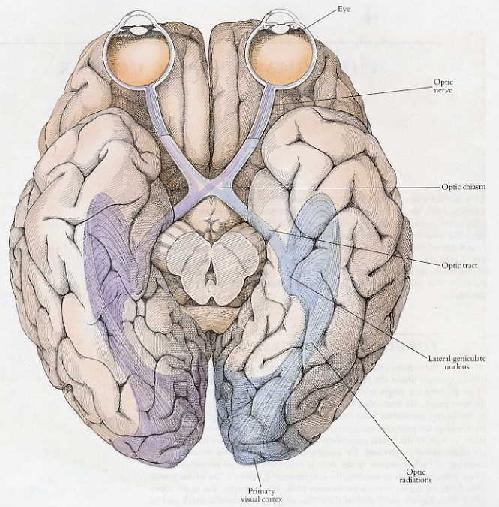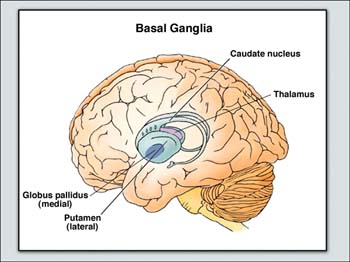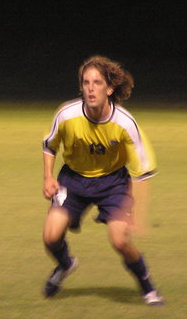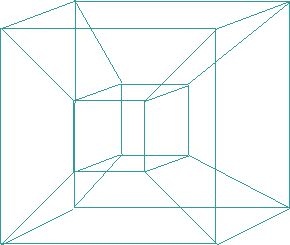
Active
The problem of representation, meaning and memory is also illustrated by the case of the patient who has lost his arm in an accident."
"As is often the case, the brain creates a 'phantom' limb in an apparent attempt to preserve a unified sense of [keep in tact] self. The brain knows there is no limb; pain is the consequence of the incoherence between what the brain 'sees' (no arm) and the brain's 'feeling' the presence of a phantom that it has created in its attempt to maintain a unified sense of self in continuity with the past."
pp. 64, "How the Mind Works: Revelations."
Agreement on conditions
restructuring reality
Preserving the identity
consciously aware of a lost limb, instead of knows or senses the missing arm as opposed to "sees" that the arm is not there
impulses generate sensations
sense is being used here in three distinct ways
- to have brain waves that suggest the missing arm's presence.
- a unifird self is idelized in the "mind's eye" as opposed to the lost arm.
- to involve the sense of sight and the visual cortex.




assumptions:
a. coherence is a product of activity
b. essences inhere in existence
"And as in the case of colors, the phantom limb suggests that what we see hear and feel are the inventions of the brain --an integration of the past (the loss of the limb) and the present (a phantom that is essential for the brain's continuing to function 'normally.'
In general, every recollection refers not only to the remembered event or person or object, but to the person who is remembering"
Our conscious life is a constant flow or integration, of an immediate past and the present--what Henri Bergson (1908) called 'le souvenir du present' and Edelman more recently called 'the remembered present' (1989). Consciousness, in this view, is neither recalled representations, nor the immediate present, but something different in kind( as colors are different in kind from the lightness or darkness.) "
We need a more precise taxonomy for feelings, senses, and imagination to fully convey the physiological and behavioral consequences of our organic structure. If that is true of the central nervous system -- a product of natural selection and cultural conditioning, then what of the ecology of streams, or meadows, or the life cycle of a frog? Each of these ecological examples are also the fruits of natural selection and neuronal restructuring.
Any imprecision in our language will engender the emergence of inescapable inaccuracy in what we seek to achieve. Because when acting we recreate our world due to restructuring of reality we run the risk of mistaking phantasms for actual conditions of existence.
Summations


"The rigid distinction between perceptive, motor, and cognitive processes is to a great extent artificial; not only does perception appear to be embedded in the dynamics of action, becoming much more composite than used to be thought in the past, but the acting brain is also and above all a brain that understands."
"this understanding 'depends first of all on our motor neurons.' Our abilities to understand and react to emotions of others depend on the brain's ability to imitate the neuronal activity of the individual being observed."
"Our perceptions of the motor acts and emotive reactions of others appear to be united by a major mechanism that permits our brain to immediately understand what we are seeing, feeling, or imagining others to be doing, as it triggers, the same neural structures…that are responsible for our own actions and emotions."
The discoverers of mirror neurons that allow us to mimic and empathize:
Rizzolatti and Corrado Sinigaglia, Mirrors in the Brain. cited on p. 65.
Memory emerges as a syncretistic function of
- long-lasting global representations
- constructive recategorizations
- neural imitation
"we are still far from understanding the nature of memory, perception and meaning,…we have a better grasp of the complexity of subjective experiences."
"Mirror neurons, Rizzolatti tells us, strong and deeply rooted is the bond that ties us to others, or in other words, how bizarre it would be to conceive of an I without an us."
I see myself in you because embedded in this we is I & thou together mirror imaging one another's complexities.
The partnership roles of astrocytes & glia.
what are the mind's attributes? olfactory and cognitve
Neuro-science:
Brain structures | Memory | Mind-brain | Neuronal memory signals | Psycho-pathology | Brain-molecules cognition
pp. 62-65, Israel Rosenfield & Edward Ziff, The New York Review of Books, June 26, 2008."How the Mind Works: Revelations".

